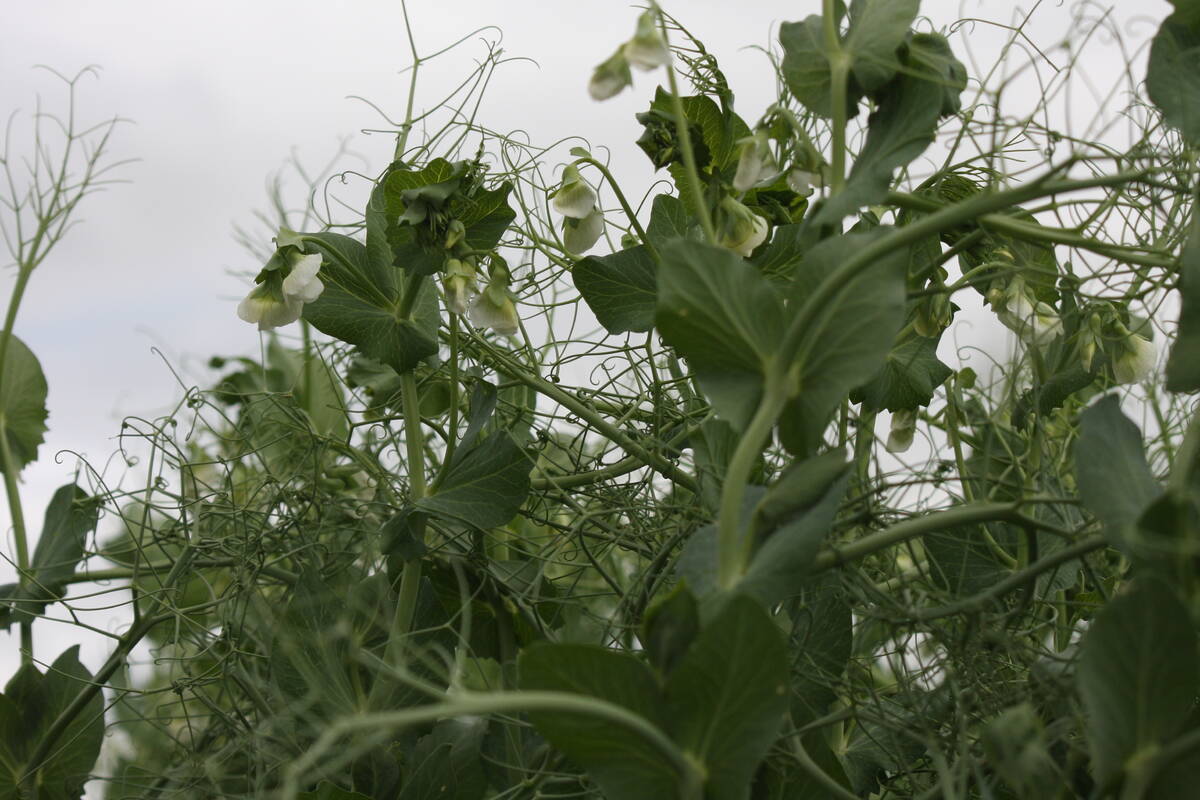Round numbers | Psychologically, not technically important
Big round numbers shouldn’t count in the pricing action of markets, but sometimes they appear to do so.
Farmers can see an example of that now in canola futures, where a number of contracts have been showing a special sensitivity around the $500 per tonne mark.
Farmers are probably part of the cause of that $500 twitchiness, analysts say.
“Sometimes it just attracts attention to the average trader or farmer, just kind of wakes them up when they hear it’s at $500,” said Ken Ball, a broker with P.I. Financial in Winnipeg.
Read Also

High pea yields shock farmers
There is going to be a massive pea carryout at the end of this crop year.
“It jumps out at people and says that’s a pretty good price.”
Old crop July futures and new crop November futures have found lines of support and then resistance near the $500 per tonne level.
Last September, the July 2014 futures repeatedly bounced higher after hitting around $505. Then recently, after months of weaker prices, July futures knocked up against a $500 ceiling and dropped back down.
November futures repeatedly hit right around $500 a number of times in September and October and then recovered higher. In April, November futures, which had also fallen well beneath $500, rallied right up to the $500 point a couple of times and then fell.
Analysts say big round numbers like $500 should ideally have no impact on trading because they represent nothing real about supply and demand or technical measures and structures.
Chart analysts tend to expect lines of support or resistance to apply where they have previously been seen to occur.
As well, they expect new ones to potentially appear at percentage increases or decreases from current rallies or selloffs, such as 33, 50 and 66 percent with Dow analysis or .618 and 1.618 with Fibonacci analysis. Those will seldom happen at round number values.
However, lines of support and resistance can sometimes occur near round numbers, and then a form of gravity can seem to take hold, dragging them toward the round number.
That’s where farmers can come in.
“You always have people that have specific sell targets in mind at nice round numbers,” said analyst Greg Kostal of Kostal Consulting.
If enough small players, like independent, non-grain focused traders and individual farmers, have set pricing orders in at round number totals, those can probably influence where resistance and support lines kick if they are near a round number.
“Round numbers always do seem to mean something,” said Ball.
In the case of new crop canola, $500 canola could have possibly caught the eye of farmers because of predictions of continuing heavy supplies in the 2014-15 crop year.
“The perception … is that supplies could be pretty husky, therefore the (trigger) number is $500,” said Ball.
Driedger noted the same phenomenon with corn futures, which have repeatedly bounced back to and above the $5 per bushel level every time they broke through during April and into mid-May, until the recent break downward. September and December corn futures didn’t find support until a few cents lower.
“There seems to be a bit of gravitation towards the $5 mark on July, but how much of that is the magic number and how much just (coincidentally) happens to be around $5 is hard to say,” said Driedger.
The impact of round numbers mostly occurs when price action is going to happen around a certain level, and the round number brings a few extra players into the marketplace.
“It shouldn’t matter, and in the big scheme of things I don’t think it does matter … but at times it leads itself to having some meaning,” said Driedger.
The fact that lines of resistance and support on some contracts are a few dollars above or below round numbers shows that the round number effect is not that powerful, or maybe that the entire situation is coincidental, Driedger said.















